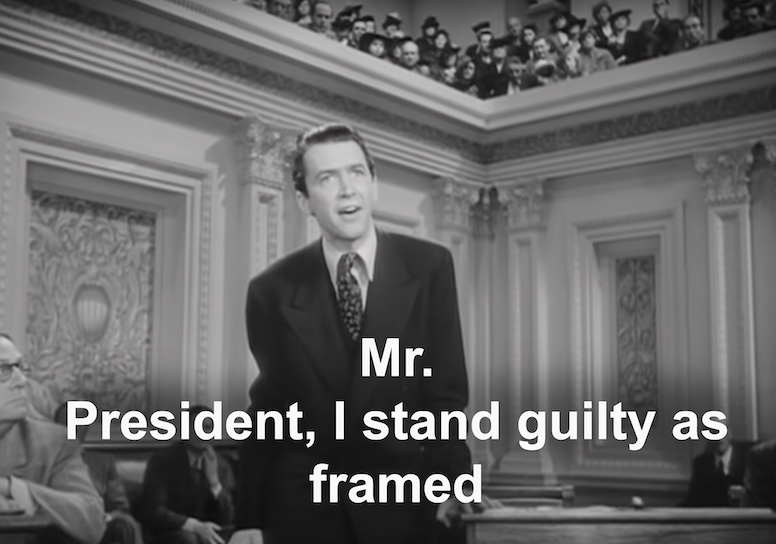Grow Your Market: Learn to Create Netflix-Quality Subtitles
| by Max Troyer
World-class subtitling: best practices for Netflix-quality subtitling, including creating open and closed captions and managing subtitling workflow.
| by Max Troyer

Have you ever watched a foreign film and spotted an error in the subtitles?
You’re not alone. Online video production is skyrocketing, and it’s driving demand for people who can create high-quality subtitles in multiple languages. However, right now, it is easy to find examples of subtitles gone wrong (like these). As a professor in Translation and Localization Management at the Middlebury Institute, I’ve taught hundreds of students how to create quality subtitles.
These are the top three mistakes that beginners make:
Good subtitles are all about comprehension, and people can only process information so quickly, especially when they are also trying to watch the visuals.
How fast is the ideal reading speed for subtitles? Adults can handle a reading rate of 20 characters per second (CPS) in English, according to research. Young people read more slowly, and foreign languages have different targets for characters per second. This is also why subtitles often don’t correspond to the dialog—they’re simplified to comply with reading speed limits.
The human eye is distracted when camera angles change and there are cuts between scenes. That’s why it’s recommended that there be a two-frame gap between scenes to give the viewer’s eyes a chance to detect that a new subtitle is on screen. This is also why subtitles can’t start or end too close to a scene change, as it would be very distracting to the view. Timing subtitles to synchronize with the visuals and fade into the background takes some creativity and practice .
People can process information more quickly when it is formatted to keep key phrases together. First of all, subtitles are always on one or two lines (not three). You shouldn’t separate subject/verb pairs, an adjective from a noun, or someone’s first and last name across different lines.
Want to go deeper? Take my short course: Subtitling for Streaming: Learn the Industry Standards.
| by Max Troyer
World-class subtitling: best practices for Netflix-quality subtitling, including creating open and closed captions and managing subtitling workflow.
| by Sierra Abukins
Our localization experts partnered with the Office of Digital Learning and Inquiry to launch a new self-paced, short course—the first of many—on the subtitling industry standards pioneered by Netflix.